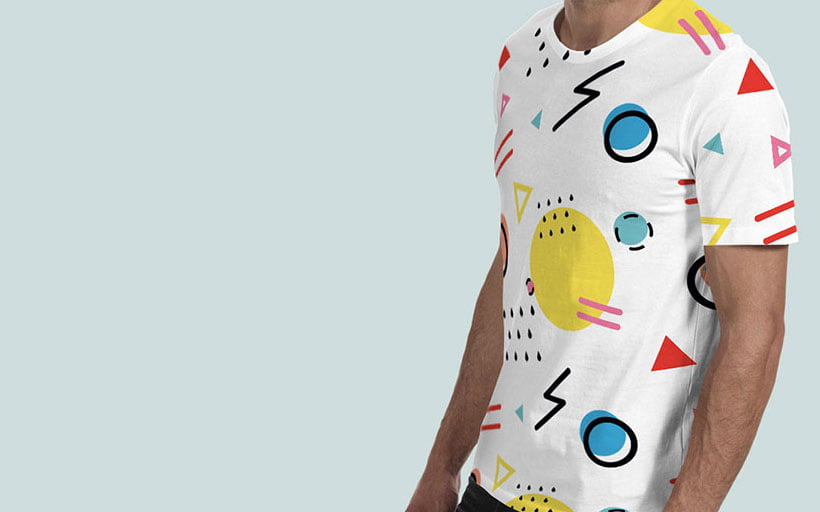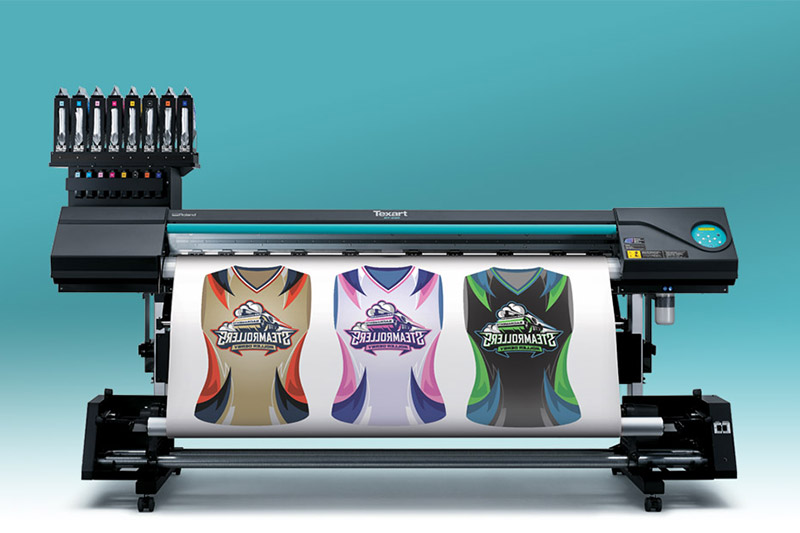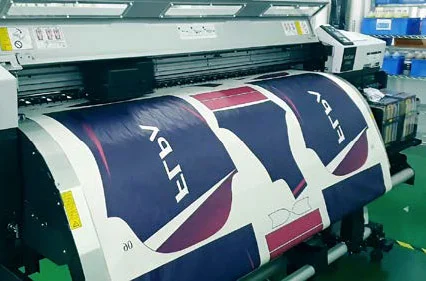Leading Fads in Branded Clothing That You Required to Understand about
Leading Fads in Branded Clothing That You Required to Understand about
Blog Article
Advancements in DTF Printing: How It's Reinventing the Sector
The textile printing industry is going through a substantial transformation, driven by the advanced improvements in Direct-to-Film (DTF) modern technology. These innovations are not just enhancing print high quality and adaptability yet additionally streamlining the entire printing process. With superior ink solutions, improved movie and glue innovations, and the combination of automation, DTF printing supplies vivid, sturdy prints on a variety of fabrics, meeting the increasing demand for customization. As businesses seek more eco pleasant and reliable options, the ramifications of these improvements call for a closer assessment into how they are shaping the future of fabric printing.
Advancements in DTF Technology
Progressing swiftly, DTF (Direct-to-Film) printing innovation has undertaken considerable improvements that are changing the textile sector. One of the most remarkable improvements is the enhancement in print top quality. Modern DTF printers use advanced ink solutions that lead to vibrant, long lasting prints with high resolution and color precision. These inks are especially engineered for compatibility with numerous fabric kinds, guaranteeing regular quality no matter of the material.

Furthermore, improvements in film and sticky innovations have actually enhanced the general application process. New films provide better elasticity and adhesion, enhancing the toughness and washability of the published layouts - heat transfer vinyl printing. This ensures that the prints maintain their honesty and vibrancy also after several cleans
Last but not least, ecological considerations have actually motivated the development of environment-friendly DTF remedies. Suppliers are significantly taking on lasting methods, such as utilizing recyclable films and water-based inks, aligning with global initiatives to reduce the industry's eco-friendly impact.
Benefits Over Conventional Methods
When comparing DTF printing to conventional approaches such as display printing and direct-to-garment (DTG) printing, a number of distinct benefits emerge. sublimation printing. One of one of the most considerable advantages is its convenience in material compatibility. Unlike display printing, which commonly needs certain fabric kinds, DTF printing can be applied to a wider series of materials, including cotton, polyester, and blends, without endangering print top quality
One more notable benefit is cost-effectiveness, particularly for little to medium-sized orders. Traditional display printing comes to be economically sensible only at greater quantities because of the arrangement costs included. In contrast, DTF printing gets rid of these arrangement expenses, making it much more budget friendly for smaller sets and one-off layouts.
Additionally, DTF printing masters sturdiness and washability. The prints generated are durable and maintain their stability via multiple laundry cycles, outperforming DTG prints that may discolor or crack with time. Additionally, DTF printing uses faster turn-around times. Without the demand for comprehensive configuration, layouts can be published and transferred in a fraction of the time required for screen printing.

Enhanced Design Capabilities
DTF printing uses enhanced visit this page style capabilities that set it apart from conventional printing approaches. The process includes printing a style onto a special movie, which is after that transferred to textile.
In addition, DTF printing sustains a broad array of textiles, including cotton, polyester, blends, and even non-textile substratums. This flexibility opens doors for imaginative applications in diverse sectors such as fashion, home decor, and advertising products. Unlike display printing, which can be limiting as a result of color splitting up and stencil production, DTF printing streamlines the process, making multi-color and photo-realistic layouts much more obtainable.
Furthermore, DTF printing stands out in attaining regular shade precision and vibrancy. In essence, DTF printing empowers designers to push the boundaries of imagination, delivering visually stunning outcomes that were formerly unattainable.
Price and Time Effectiveness
One of the remarkable advantages of DTF printing hinges on its cost and time efficiency, making it a preferred choice for numerous companies. By getting rid of the need for screen setups and comprehensive pre-production processes, DTF printing substantially minimizes preliminary expenses. Unlike conventional methods that require substantial financial investment in displays and configuration times, DTF printing enables for direct application onto various products with marginal preparation. This reduction in setup time converts right into faster manufacturing cycles, allowing businesses to fulfill orders extra promptly.
Additionally, DTF printing excels in producing brief runs and customized orders cost-effectively. The ability to generate premium prints without the need for big volume dedications minimizes waste and maximizes resource appropriation. This versatility is particularly useful for small companies and start-ups that may not have the resources to buy large manufacturing runs.
In terms of operational performance, DTF printing's streamlined process boosts general performance. The innovation's compatibility with a large range of substratums and read the article materials better expands its application extent, reducing the requirement for multiple printing systems. As a result, organizations can achieve a quicker turnaround time, improving customer satisfaction and competition on the market. Therefore, DTF printing attracts attention as a transformative solution in the printing industry.
Future Trends in DTF Printing
Expecting future patterns in DTF printing exposes a landscape marked by fast technological improvements and boosted market need (screen printing). One substantial pattern is the assimilation of expert system (AI) and artificial intelligence formulas to enhance print high quality and enhance procedures. AI-driven systems can anticipate prospective problems and adjust settings in real-time, guaranteeing regularly premium outcome
Furthermore, developments in lasting materials and environmentally friendly inks are expected to obtain grip. As ecological problems come to be a lot more pressing, the industry is most likely to see a shift towards non-toxic and biodegradable inks, lowering its environmental footprint.
Modification and personalization will additionally play a critical role. With the expanding consumer need for distinct, customized products, DTF printing technologies are progressing to provide even more thorough and elaborate modification choices. This fad is supported by enhanced software application solutions that permit more complicated and creative layouts.
Lastly, the assimilation of DTF printing with other electronic systems and e-commerce remedies will come to be extra smooth. This connectivity will certainly enable services to offer on-demand printing services straight to customers, even more driving development in the sector. These trends collectively highlight a future where DTF printing not just fulfills but surpasses the progressing needs of the market.
Final Thought

When comparing DTF printing to standard approaches such as screen my latest blog post printing and direct-to-garment (DTG) printing, a number of distinct benefits arise. Unlike display printing, which commonly requires particular material kinds, DTF printing can be used to a more comprehensive variety of products, including cotton, polyester, and blends, without jeopardizing print high quality.
DTF printing offers enhanced style capabilities that set it apart from typical printing methods. Therefore, DTF printing stands out as a transformative remedy in the printing industry.
Developments in DTF printing dramatically enhance the textile printing market by supplying premium print convenience, efficiency, and quality.
Report this page